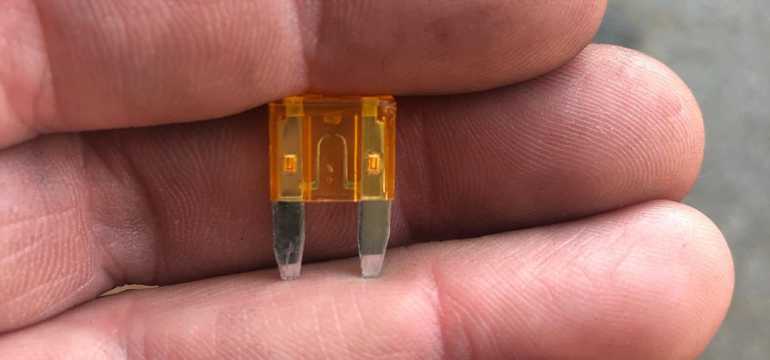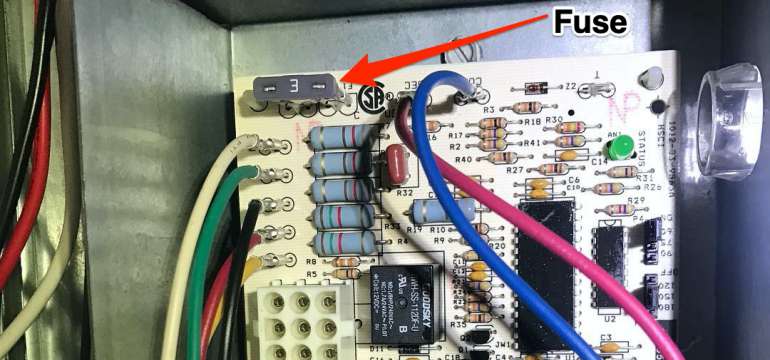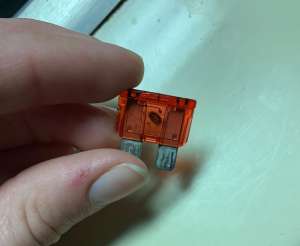Understanding how your furnace functions is key to taking care of it for the long haul. You need to be familiar with its inner-workings if you hope to be able to take care of small but pesky problems without the help of a trained professional. Having a working knowledge of the furnace fuse can save you some serious cash during the winter months if your unit strains under the weight of its work.
Do all furnaces even have fuses? Learn everything you need to know about furnace fuses and how to check them in this short guide.
Do Furnaces Have Fuses?

The good news is that the answer is pretty simple. Most newer furnaces, including gas furnaces, do have a fuse.
Homeowners often wonder why their furnace needs its own fuse. Every furnace requires an electrical connection in order to run. The blower motors and the control circuits both run off of electricity rather than gas. The fuses on the furnace tend to be relatively low voltage, ranging from three to five amps.
It is designed to protect the system from a potential short or overload. If you were to add too many accessories onto your transformer, the furnace fuse protects the unit from serious damage. The overload may not be enough to trip the breaker, which could result in a massive fire that is difficult to contain. Essentially, the fuse is there to keep your furnace running safely and to prevent electrical fires from erupting in your home.
Where is the Fuse on the Furnace?

In the event of an emergency, you will need to know where to find the fuse for your furnace. There are a few different places that you can look for it, depending on the make and model of your furnace. It will also depend on whether you have an electric or a gas furnace. Check your owner’s manual for specific details.
An electric furnace is relatively simple. Most fuses are found in the main electrical service entrance. There is a possibility that the furnace has a separate fuse box as well, so be sure to check for another box if it isn’t labeled in the main panel. Additionally, the heating elements on the furnace have their own fuses located on a panel that is on or inside the furnace housing.
Gas furnaces also have fuses that are located in the furnace housing section of your unit. Again, their exact placement of the furnace fuse box will vary based on your make and model, so refer to your owner’s manual for more information.
How to Check the Furnace Fuse?
When a furnace fuse blows, you no longer have electricity flowing to the unit. This can spell major problems on a cold winter night. Many people may keep extra fuses on hand and can tackle this home project on their own. Keep in mind that you must take all safety procedures.
The exact steps may vary slightly depending on your unique make and model. This is just a general guide to teach you how to go about checking your furnace fuse.
- First and foremost, you need to ensure that there is no power running to your furnace. You can do this through the electrical panel that is likely located in the furnace room or through the main electric panel.
- Next, you need to open the control panel. This may be secured by a small screw, so have a tiny screwdriver at the ready. You can test the fuse panel for power using the electrode tips of a voltage-amperage tester to verify that the power is off.
- Finally, you can move on to checking the fuses for potential damage. Depending on your unit, there may be more than one fuse in this box. Some fuses will have a glass window that displays a thin metal bar. Others will be made of plastic and display the same metal bar through the side view.
 Do you know how to tell if the furnace fuse is broken? All you have to do is look at the metal bar. If the bar is broken, then the furnace fuse has been blown. If you need to know where to buy a new fuse for the furnace, you need to make sure to get the same wattage ratings as before.
Do you know how to tell if the furnace fuse is broken? All you have to do is look at the metal bar. If the bar is broken, then the furnace fuse has been blown. If you need to know where to buy a new fuse for the furnace, you need to make sure to get the same wattage ratings as before.
Replacing Your Furnace Fuse
Once you know how to identify your furnace fuse, replacing it can be a cinch. Read up in your owner’s manual for the exact steps to follow to remove that old fuse and replace it with a fresh one. They cost just a few dollars at your local home improvement store and can get your furnace back up and running almost instantly. Avoid those costly repair bills with this simple trick!
- What to Do if Your House Smells Like Gas but There’s No Leak - February 6, 2023
- Why Is There a Burning Smell Coming From My Vents? - August 16, 2022
- How to Remove the Musty Smell From Your Air Conditioner - August 16, 2022

Robert Ramirez
Thursday 12th of May 2022
I've looked for the problem, on why it's blowing fuses,would it be a senser, changed the transformer, still doing the same thing and don't have the money for an a/c company to fix it so what could it be?
Tom Spadoro
Sunday 13th of June 2021
Hi, So the transformer was blowing out and it was replaced twice. The last time the HVAC worker put in a 3 amp fuse inline. But now the fuse keeps blowing out. Any ideas? It's an old furnace. Thanks, Tom